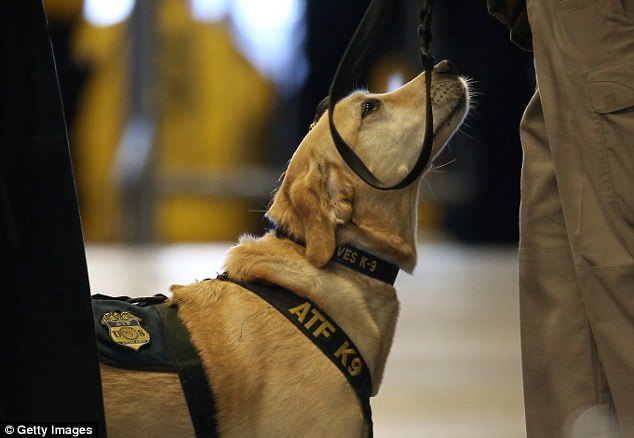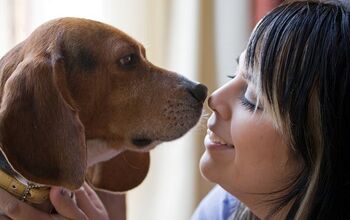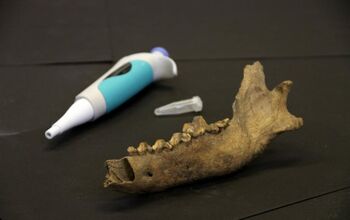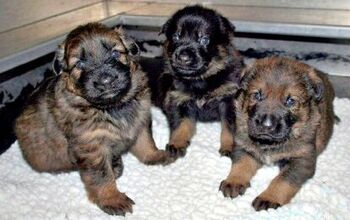Dogs Are Man’s Best Friend Against Terrorist Attacks

The human nose has 5 million olfactory senses in the nose. Dogs, in comparison, have about 200 million. It’s no wonder then why dogs are better equipped to sniff out and track explosive particles left behind by human terrorists.
In recent years, dogs have been trained to pick up the scent of explosives on people moving through crowded places, such as subways or airports. So far, they’ve proven to be a better warning system than anything engineers have invented and they may be the best defence against terrorist attacks similar to that of Brussels, which claimed the lives of 35 people.
There are only about 130 of these “vapor wake” dogs who have gotten the patented training nationwide wide since its development about 10 years ago and according to the chief trainer, there’s only one dog in Europe.
Related: Police Dog’s Heroic Sacrifice The Inspiration Behind Aron’s Law
The New York City Police Department’s counter-terrorism unit graduated its latest squad of dogs, who are capable of sniffing out and following these vapor trails. For security reasons, the NYPD don’t disclose how many of these dogs cover the nation’s largest subway system, as it has over 400 stations with millions of riders.
The New York department has thousands of officers, 100 dogs (including traditional bomb-sniffers and drug dogs) and uses highly sophisticated computer systems linked to surveillance that can spot a bad that has been sitting in one place too long. But because of the changing nature of terrorism attacks, they aren’t as effective as these new vapor wake dogs. Nowadays, it seems that terrorists are using small decided in crowded areas, which is why these dogs may be the best line of defence against these attacks.
The NYPD’s latest graduating dog class of eight underwent 15 months of training to sniff out these explosive particles in the heat plume left by humans as they walk through a crowd. Their training differs greatly from bomb-sniffing dogs, who look for something stationary, or dogs who are used to find drugs.
So far, only one piece of technology has come close to the sniffing capabilities of these vapor wake dogs. Professor Otto Gregory from the University of Rhode Island has created an electronic sensor designed to continuously monitor an area for vapor from explosives. This would be a one-up from the quick hand or luggage swab travellers are randomly selected for at airports. While the sensor hasn’t been deployed in any real-world scenarios yet, it does have the advantage of not needing months of training like dogs require.
Theoretically, other animals that also have sophisticated olfactory abilities, such as elephants and even rats can be used, but the fact that dogs have a natural relationship with humans means that we won’t see a vapor-smelling rat running around airports any time soon. Dog trainers generally agree that Labrador Retrievers are usually the best kind of dogs to train for this kind of work, as they are non-aggressive and social. German pointers and spaniels are also great choices.
Related: Top 10 Service Dogs
The demand for these dogs is rising. Since January of these year, there have been orders to put 36 more dogs through training according to Paul Hammond of the AMK9, the security firm that works with the Auburn University veterinary school, the institution where the vapor wake training was pioneered.
The training costs an average of $49,000 for each dog and they are licensed for a year. After a year, the dogs need to be retrained to account for terrorists’ changing tactics. These dogs are not only useful for large places such as airports and subway systems, but they’ve also been in high demand from major sports teams and theme parts, who need a way to search crowds safely.
[Source: ABCNews]

More by Diana Faria























